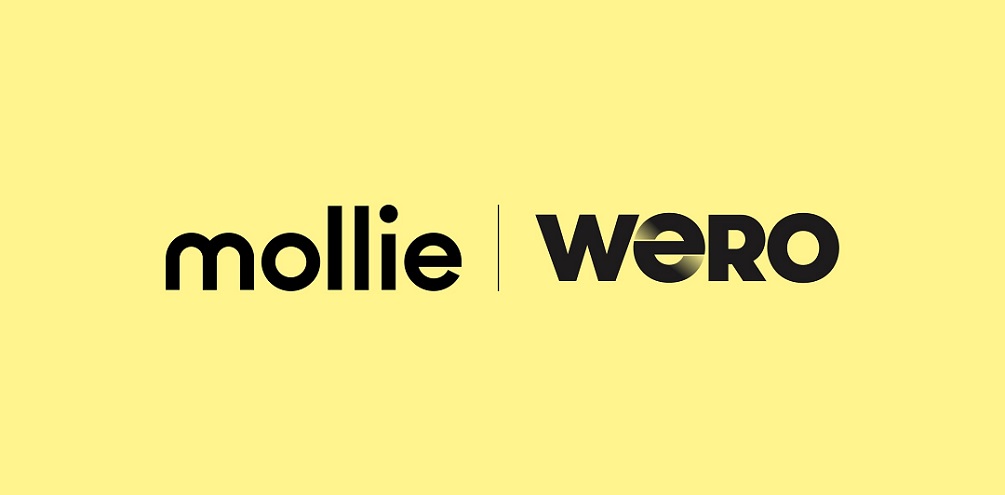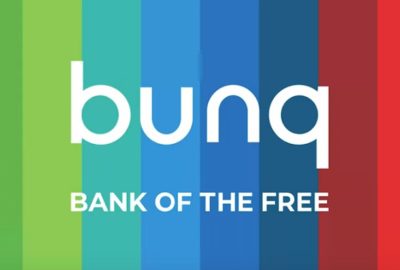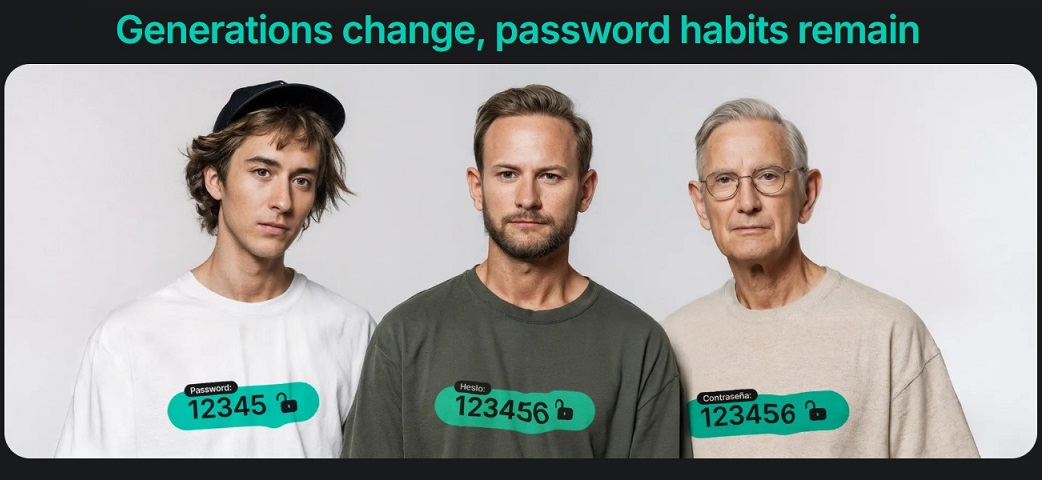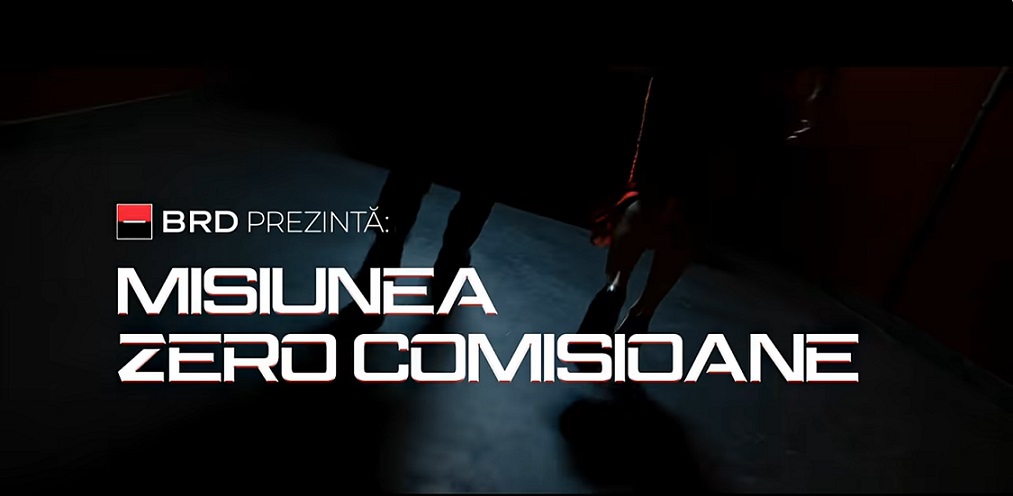International ING study reveals discrepancies between what technology users want and what they adopt, except for Romania
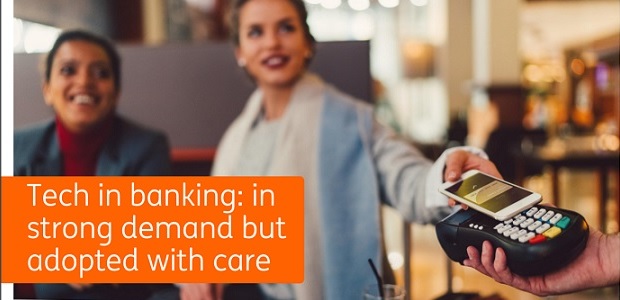
Despite greater than ever use of smart devices for banking and payments and a desire for the latest technologies, Europeans are some of the most cautious adopters, according to a survey of 15,000 consumers in Europe, America and Australia.
ING International Survey – New Technologies 2019 found that nearly 70% of Europeans now use smart devices to check their bank balances, transfer money and pay a bills, up from 55% two years ago.
Concerns about security appear to have prevented customer adoption of certain technologies. Two-thirds (66%) of Europeans think fingerprint log-in is secure but only just over half (52%) are confident of the safety of face recognition and only just over a third (35%) trust voice recognition. Two-factor authentication is deemed secure by 70% of Europeans.
Some 49% of Europeans and 48% of Americans say they do not use any financial service providers other than their main bank. But 45% of Europeans and 49% of Americans use more than one provider. Such other providers might be different banks, apps on a phone or online services that can assist money management, for example, facilitating international transfers, sharing money between friends, tracking spending, storing money or lending funds. The divide may have been exaggerated by the fact that it was up to respondents to decide what their main bank was and what counted as an alternative provider.
Despite the plethora of digital and online methods available, many people still like physically popping into branches. The survey shows that 70% of consumers say they access banking services by going into their main bank’s branch. Yet 52% say the same when it comes to other financial service providers. Perhaps this is because many fintech companies often set up without a physical presence.
The European Union’s new Payments Services Directive, or PSD2, sets a legal groundwork for the sharing of financial data including consumer protections. Open Banking is an innovation which enables financial service providers to access an individual’s financial information held by another organisation if their permission is given, and is an example of the potential impact of PSD2.
There are many possible benefits to this form of data sharing: one example would allow financial information in different places to be combined and viewed within a single interface so that consumers can view all their accounts in one place.
Still in its infancy, most people have not heard of it. But that may change as financial institutions continue to implement the new service. Some 55% of Europeans tell us they aren’t aware of this concept of data sharing, while another 13% are not sure, leaving a third (32%) confirming they are aware of it.
This does not mean this practice will not become a major part of the banking landscape: given its newness and the fact that it is still in development in most places, the findings are not altogether surprising. One factor for providers may be that allowing financial information held by one company to be shared by others necessitates a high degree of consumer trust. Another is bank loyalty. Findings from both this survey and our 2017 survey suggest people are strongly attached to their main bank.
Together these would imply that widespread adoption may come more rapidly if existing financial institutions promote them.
Dariusz Mazurkiewicz – CEO at BLIK Polish Payment Standard
Banking 4.0 – „how was the experience for you”
„To be honest I think that Sinaia, your conference, is much better then Davos.”
Many more interesting quotes in the video below:





